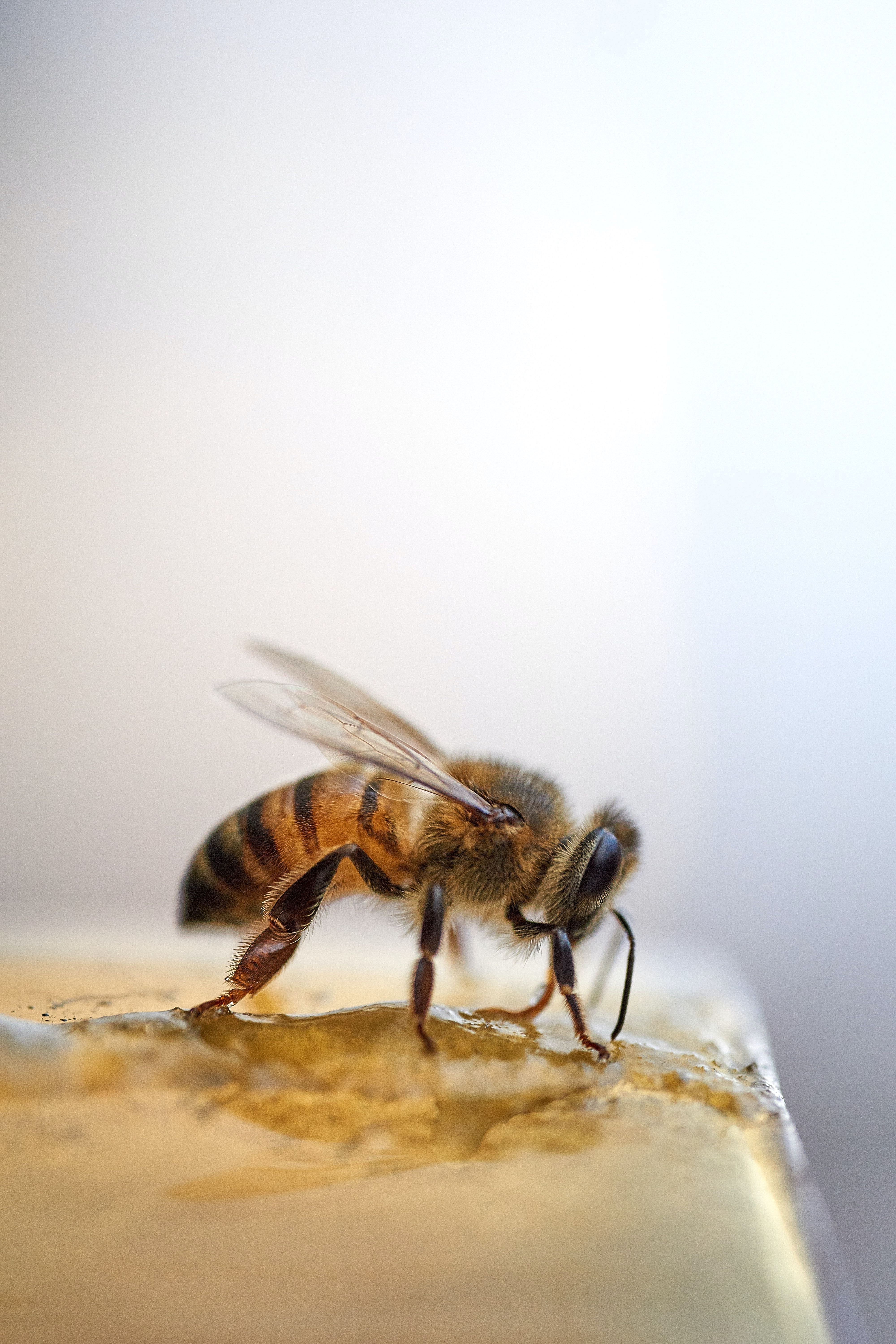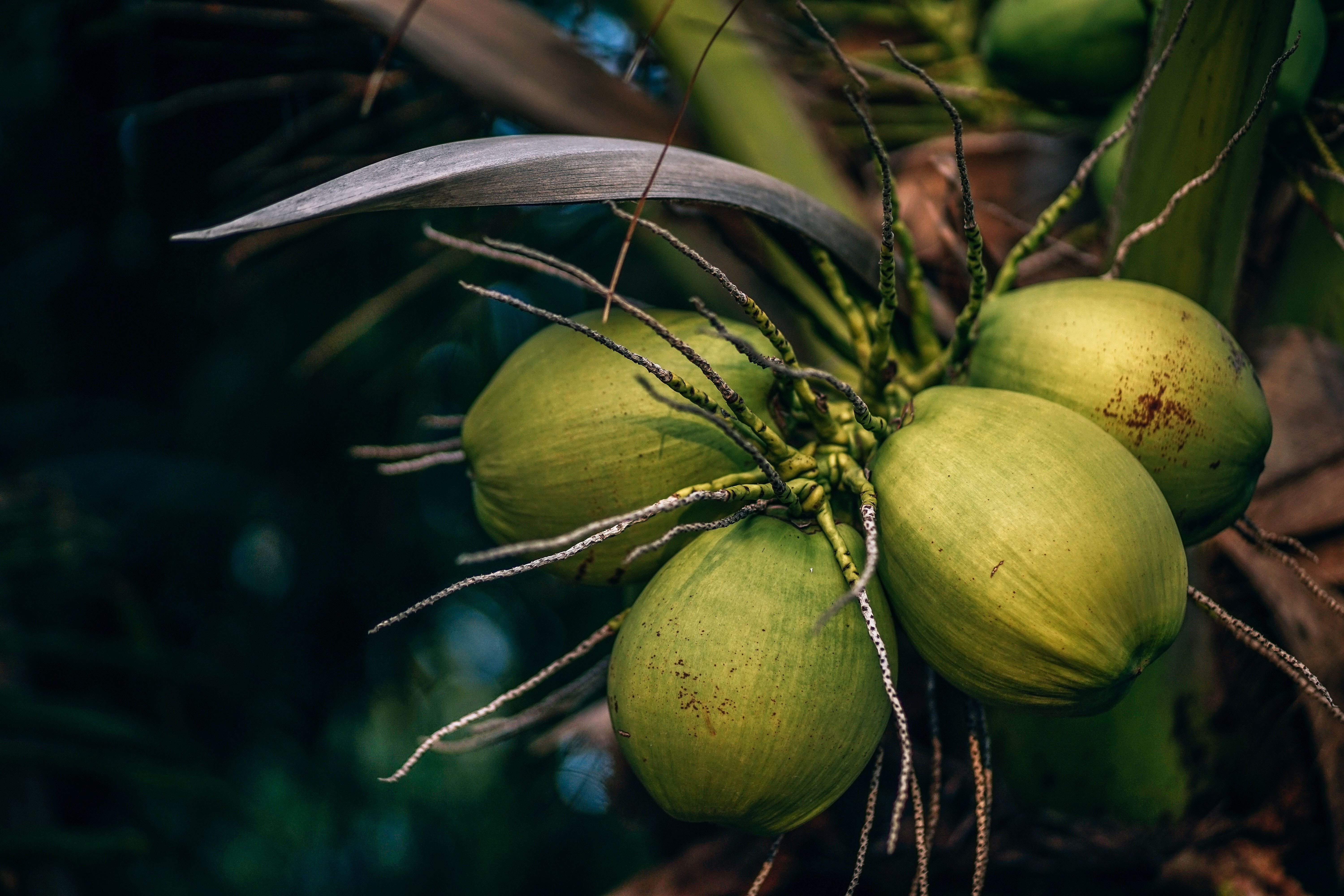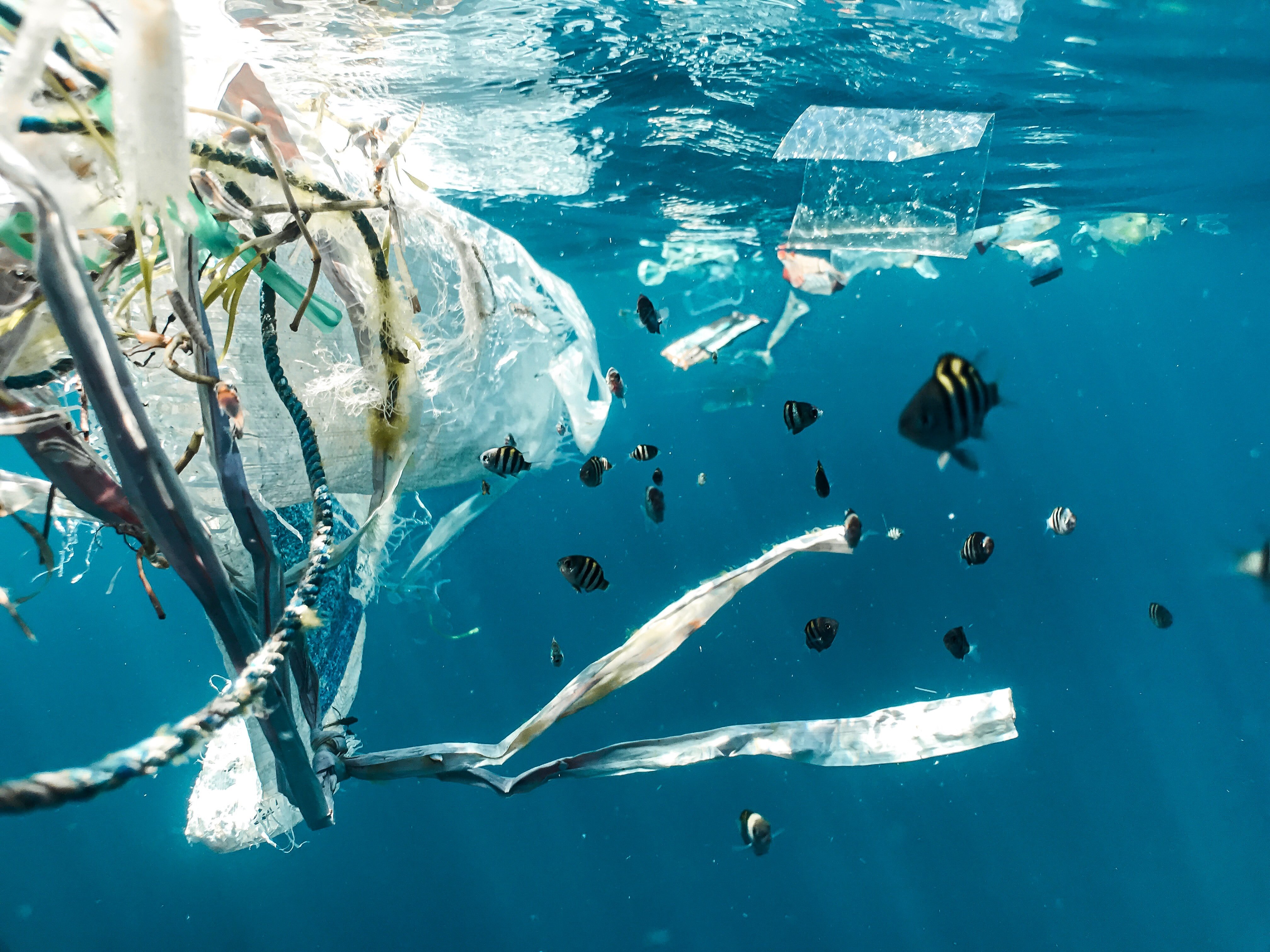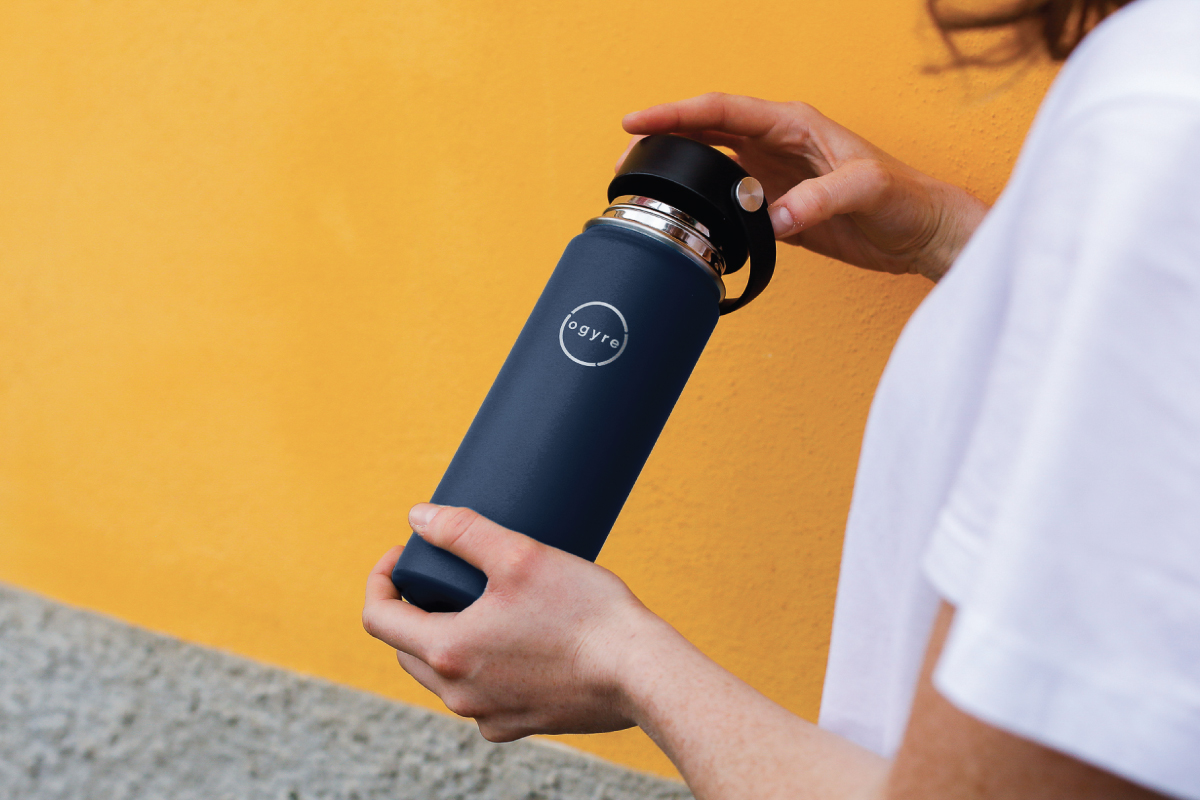In the '60s, plastic invaded mass markets, gradually infiltrating every corner of the globe, bottle after bottle, to the extent that every resource we used could be contaminated by small fragments of plastic (5mm or less). These small plastic fragments were named “microplastics”. Today, this material is omnipresent, affecting not only human health but also testing the health of marine and terrestrial ecosystems In fact, research shows that a person ingests 5 grams of plastic per week, the equivalent of a credit.
This alarming fact is one of the many reasons why our society needs to find new alternatives to plastic, and implement them as soon as possible. While some might think that limiting plastic is a step backward, it is in fact a step forward towards a healthier lifestyle. Instead of looking to mitigate the damages caused by climate change with new technology, the answer lies in exploring our natural resources that can substitute plastic. back to the basics and the natural resources that can substitute plastic.
1. Beeswax
With its hydrophobic and preservative properties, beeswax is an excellent material for the long-term preservation of various foods. It forms a protective barrier on applied surfaces that is resistant to water and external agents. Beeswax can be used for food preservation as well as in the preparation of creams and beauty products.

2. Coconut Fiber
The versatility of coconut fiber can find its way into domestic settings, like home kitchens, where fiber can be used to make dishwashing brushes, utensils and sanitary products. Likewise, coconut is a great material as an amendment to topsoil, which increases oxygenation throughout the cultivation process.

3. Bamboo
The extremely fine fibers of bamboo make for a great alternative to plastic. This type of fiber is called bioplastic and possesses the same properties as traditional plastic, except that it doesn’t harm populations or the environment.
4. Corn (Maize)
Just like bamboo, corn can yield a material known as PLA, which has gradually replaced plastic for utensils, cups, and plates. PLA is derived from cornstarch processing, resulting in amber-colored, 100% biodegradable bioplastic.
5. Natural Fibers (cotton, silk…)
Biodegradable polymers derived from organic materials sourced from plants, including lignin, cellulose, and pectin are a great alternative to fossil-based plastic. Natural fibers, like cotton, hemp or linen, can replace synthetic materials too often used in the fashion industry.
Where can you find eco-friendly products?
While plastic alternatives exist, they still aren’t common in the marketplace. Plastic still dominates supermarket shelves, and not all retail locations offer sustainable options. However, e-commerce has seen a boost in eco-friendly product offer, and many platforms now offer merchandise that respects the environment. Check out our e-commerce store to find sustainable water bottles, tote bags, hats, and swimwear, and more.


